Creatures of the Cal Academy of Sciences- 01.26.12
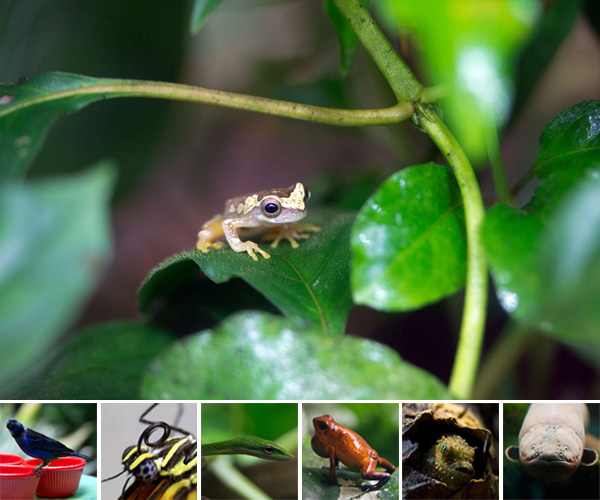 The latest from our resident zoologist and London-based editor, Justine Aw.
The latest from our resident zoologist and London-based editor, Justine Aw.
I finally made it to the California Academy of Sciences in its new Golden Gate Park home! I have been looking forward to checking the new facilities out in person, ever since Jean visited (and posted about) it a few years back (see previous posts here, here and here). As expected, the facilities are incredible and the animals it houses are phenomenal. I can’t recommend visiting strongly enough. With a walkthrough rainforest filled with terarria and aquaria as well as the dedicated Steinhart aquarium, the Cal Academy is a real treat to visit and proved to be the perfect playground for a macro lens! Here are just a few of the academy’s incredible creatures. More pictures on the next page!
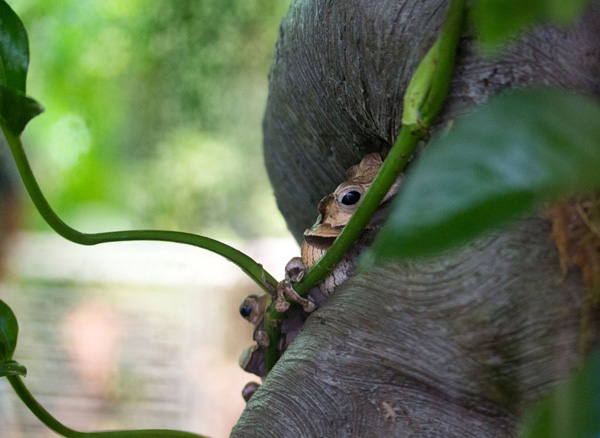
Camouflaged Borneo Eared Frogs (Polypedates otilophus) in the rainforest.

Strawberry poison dart frog (Dendrobates pumilio) calling at full force.

A green and black poison dart frog (Dendrobates auratus) and an unlabeled (but very cool) tree frog at the fore. Can anyone ID this guy?*
*Update! This frog has now been definitively identified (thanks Sam, Anna and Brian at the academy!) as a Granular Glass frog (Cochranella granulosa). Sam tell us “The species term “granulosa” is derived from the Latin “granum”, meaning a grain or seed. In the context of our frog, this refers to the small dots that are found along its back. The genus name “Cochranella” has some history behind it as well. It honors Doris M. Cochran, a curator of herpetology at the Smithsonian during the late 1950’s.” You can read more about the species here.
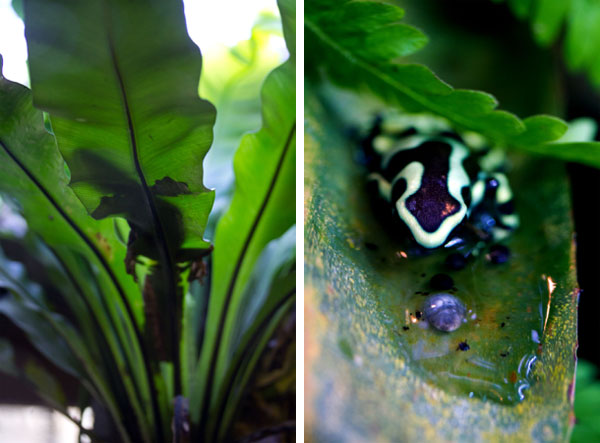
A flying gecko (Ptychozoon kuhli) and breeding green and black poison dart frog (Dendrobates auratus).
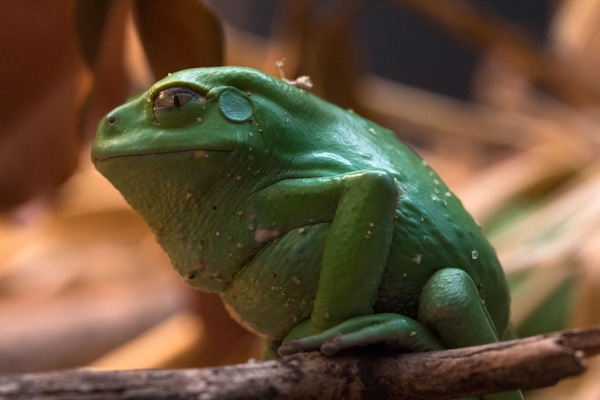
Waxy monkey leaf frog (Phyllomedusa sauvagii).
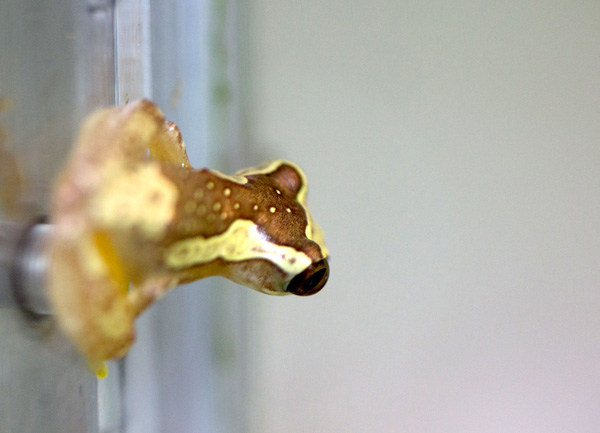
Hourglass Tree Frog (Dendropsophus ebraccatus).
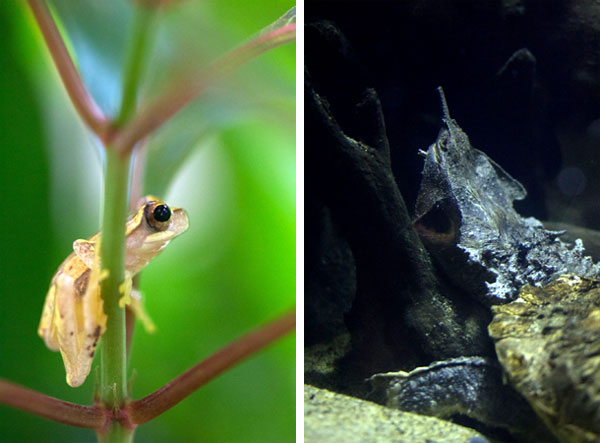
A perched Hourglass Tree Frog (Dendropsophus ebraccatus) and mata mata (Chelus fimbriatus).
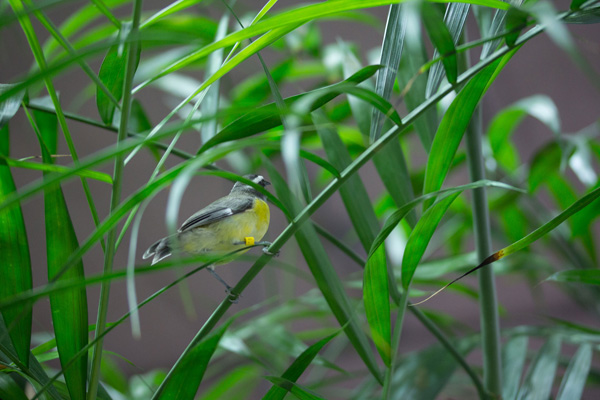
The bananaquit (Coereba flaveola) exploring it’s rainforest home.

The Opal-rumped Tanager (Tangara velia) feeding in the rainforest canopy.

A Tiger Heliconian (Heliconicus ismenius).
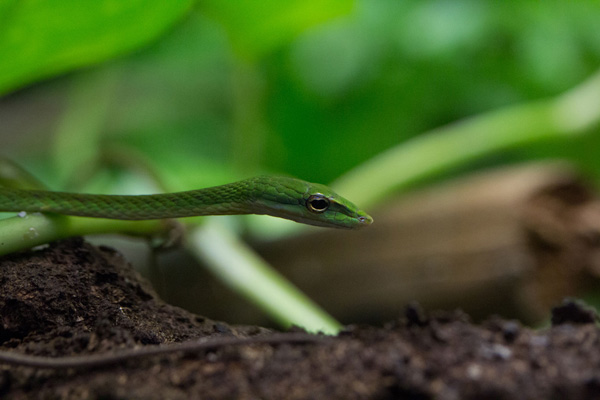
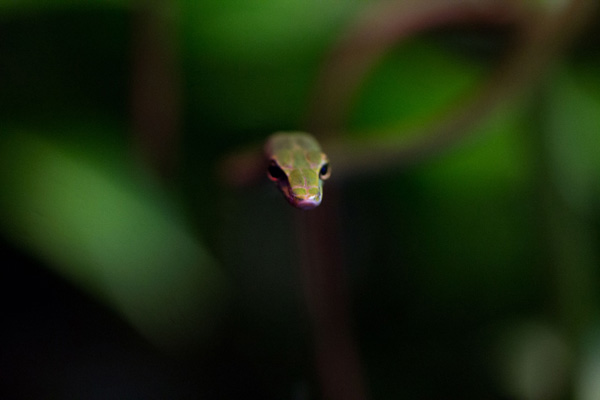
The Burmese vine snake (Ahaetulla fronticincta).
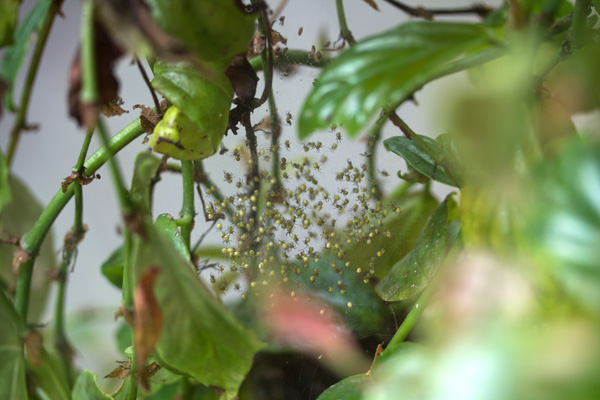
A web full of tiny orb weaver spiders (Nephila clavipes). Find out more about breeding these creatures at the academy on the academy’s rainforest blog.
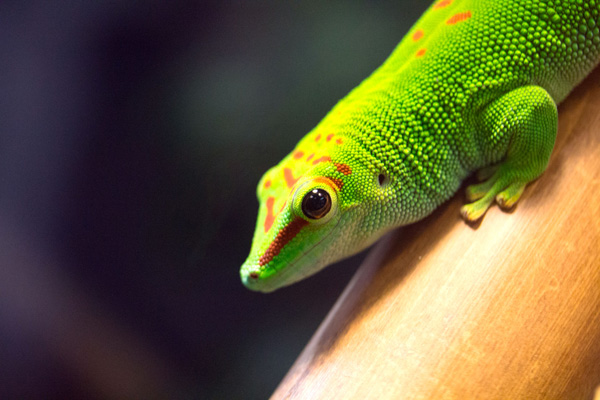
Madagascar day gecko (Phelsuma madagascariensis).
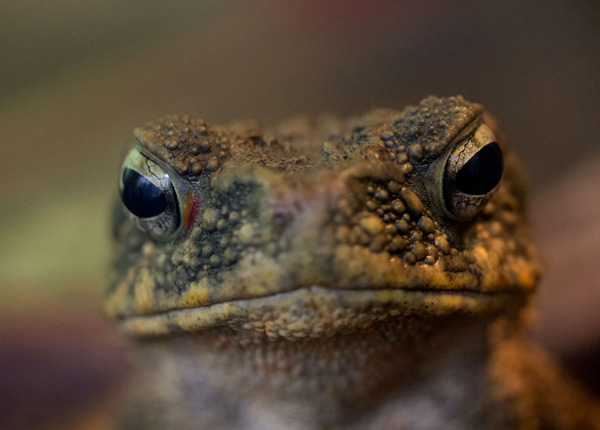

Borneo river toads (Phrynoidis juxtaspera).
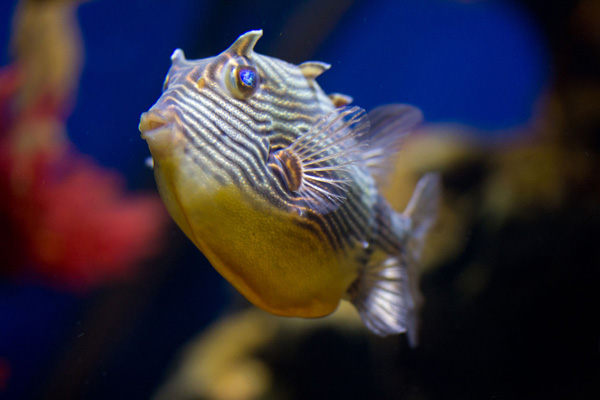
Ornate cowfish (Aracana ornata).
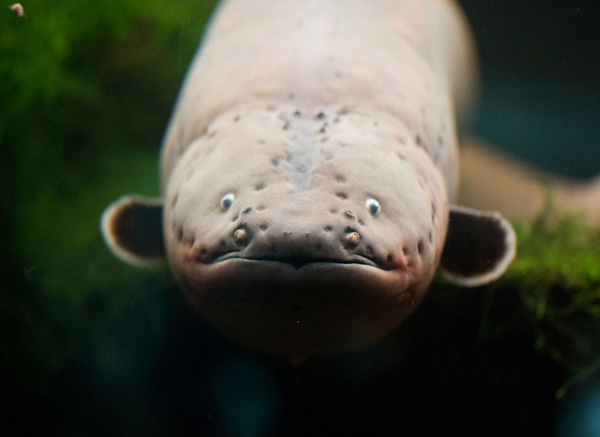
Electric eel (Electrophorus electricus).
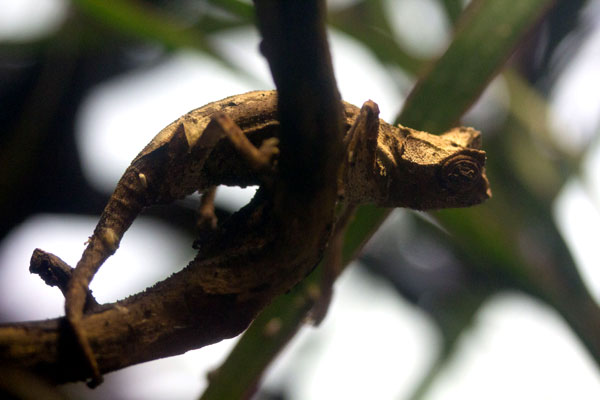
A tiny dwarf plated chameleon (Brookesia stumpffi).
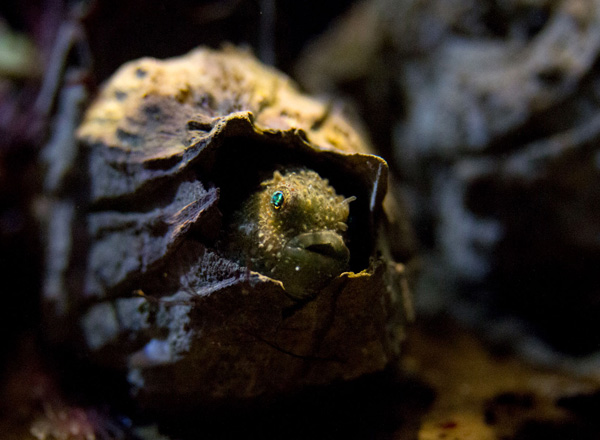
Pacific spiny lumpsucker (Eumicrotremus orbis).

Beautiful Paradise flying snake (Chrysopelea paradisi).
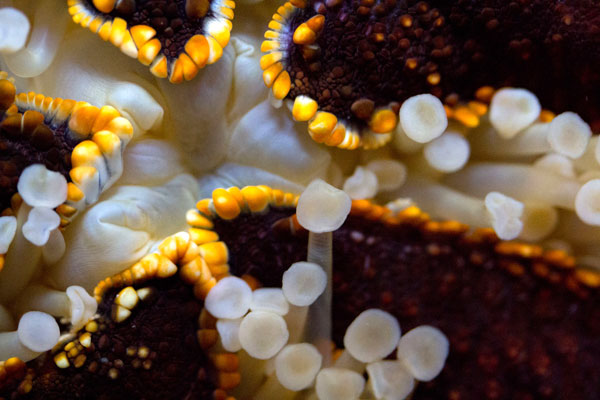
A close-up look at the underside of a starfish.




We now have confirmation that it is indeed Cochranella granulosa! See updated post content above. Well spotted Chris!
----- justine 12.02.12 10:14